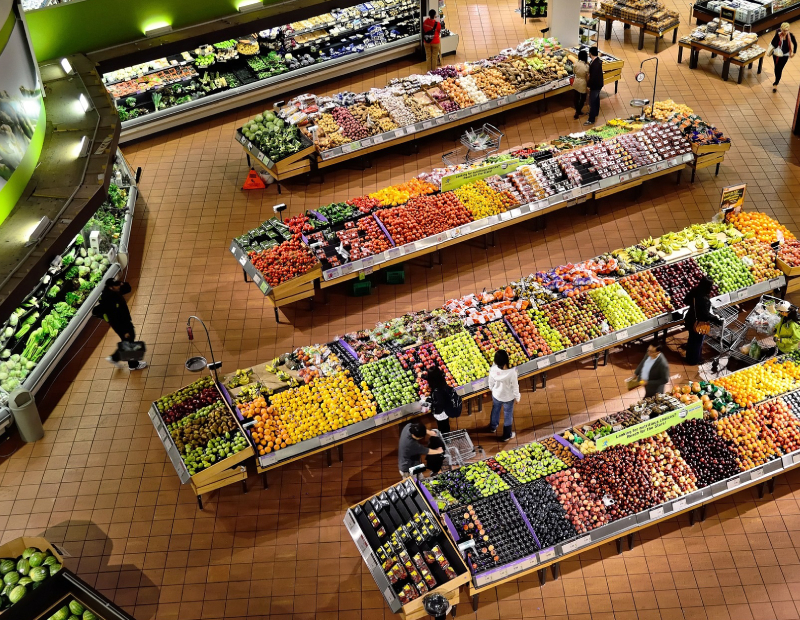Grocery Industry to Change Look of Retail Real Estate
In its new report, CBRE forecasts a transformation that will impact the size of grocery owners’ portfolios and the design of the stores themselves.
The grocery industry will undergo a significant transformation over the next 10 years, and the commercial real estate sector will change as a result, according to CBRE’s new report, U.S. Food in Demand Series: Grocery. Consumer shopping habits, industry competition and e-commerce will impact the size and shape of retail real estate owners’ portfolios, as well as the physical appearance of grocery stores.
CBRE makes several predictions in the report, including a positive outlook for the grocery industry. The firm foresees steady dependable growth for the next five years, even in the face of an anticipated economic downturn in late 2020. Strong grocery sales translate to stability for grocery-anchored properties. CBRE also forecasts ongoing consolidation in the grocery industry as growth becomes more reliant on scale and footprint. With the ongoing expansion of grocery e-commerce, owners with dense and expansive real estate portfolios will be better positioned to serve a greater number of households in an expeditious manner.
Grocery retail tomorrow
Another forecast for the grocery industry is grocers’ reinvestment in existing store portfolios. Just as office owners invest in new amenities to attract and retain talent, grocery store owners will spend more money to enhance brand image through remodeling, redesigns and state-of-the-art offerings in an effort to reel in customers and keep them coming back. Grocery companies that are ahead of the game include Aldi, which is in the midst of a $1.6 billion nationwide remodeling program. Ahold Delhaize is remodeling some of its brands, including Food Lion, which will see 92 stores benefit from a $158 million total investment.
CBRE also sees grocers going small. Large players will increasingly incorporate small-format platforms to accommodate consumer demand for convenience shopping, particularly in urban areas. Kroger, with an average grocery store size of 65,000 square feet, has its Express Mart stores, which are typically 4,000 square feet. Sam’s Club locations are typically 134,000 square feet in size, but Sam’s Now stores are just 32,000 square feet.
On the e-commerce front, CBRE predicts that online grocery share will rise to between 5 and 10 percent come 2022. However, unlike some department stores and clothing chains, grocery stores are not in danger of losing a notable brick-and-mortar presence. Still, there will be big change, as grocery stores will be fundamentally altered through a change in layouts, for example, to accommodate click-and-collect counters and curbside pick-up in suburban locations. And in urban markets, store designs will evolve to make room for more distribution uses and customer-facing space on higher-margin offerings and experiences.








You must be logged in to post a comment.